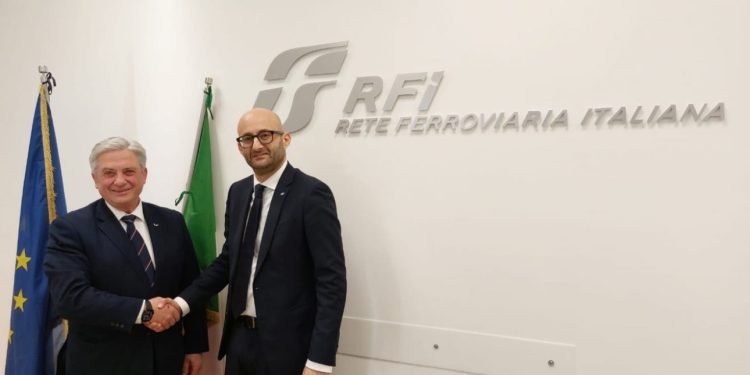Italy is at the forefront of a logistics revolution with the development of Pipe§Net, a cutting-edge freight transport system utilizing magnetic levitation (Maglev) technology. This innovative approach promises to transform the efficiency, speed, and environmental impact of freight transport, paving the way for a new era in logistics.
What is Pipe§Net Maglev?
Pipe§Net is a futuristic freight transport system that combines Maglev technology with an enclosed pipeline infrastructure. By utilizing magnetic fields to levitate and propel cargo, the system eliminates the need for traditional wheels and tracks, offering unparalleled efficiency and sustainability.
Key Features of Pipe§Net Maglev
- High-Speed Transport:
- Maglev technology allows for rapid movement of goods, significantly reducing delivery times.
- Potential speeds of up to 600 km/h make it a game-changer for time-sensitive shipments.
- Energy Efficiency:
- Magnetic levitation reduces friction, cutting energy consumption compared to conventional freight systems.
- The system integrates renewable energy sources, further enhancing its eco-friendly profile.
- Safety and Reliability:
- Enclosed pipelines protect cargo from external elements, ensuring secure and damage-free transport.
- Advanced monitoring systems provide real-time data on cargo conditions.
- Scalability and Adaptability:
- Designed to integrate with existing logistics networks, Pipe§Net can complement rail, road, and air transport.
Impact on the Logistics Industry
- Environmental Benefits:
- Maglev technology produces zero direct emissions, aligning with global sustainability goals.
- The reduction in reliance on fossil fuels supports the decarbonization of freight transport.
- Economic Advantages:
- Faster delivery times translate to increased operational efficiency and customer satisfaction.
- Lower maintenance costs compared to traditional transport systems.
- Urban Logistics Solutions:
- The system’s compact infrastructure makes it ideal for urban and suburban freight delivery, easing congestion on traditional transport routes.
Challenges and Opportunities
While Pipe§Net represents a significant leap forward, challenges remain:
- High Initial Investment: Building Maglev infrastructure requires substantial upfront costs.
- Regulatory Hurdles: Adapting existing laws to accommodate Maglev technology is necessary.
- Adoption Rates: Encouraging stakeholders to transition from traditional methods to Maglev systems will take time.
Despite these challenges, the long-term benefits make Pipe§Net a promising solution for the future of freight transport.
Looking Ahead
Italy’s Pipe§Net project exemplifies how innovative technology can reshape logistics, offering a glimpse into a future where speed, efficiency, and sustainability define freight transport. As Maglev technology gains traction, its integration into global supply chains could revolutionize how goods are moved worldwide.
Stay connected with The Logistic News for more insights into cutting-edge innovations in the logistics industry.
#FreightTransport #MaglevTechnology #SustainableLogistics #InnovationInLogistics #PipeNetMaglev























